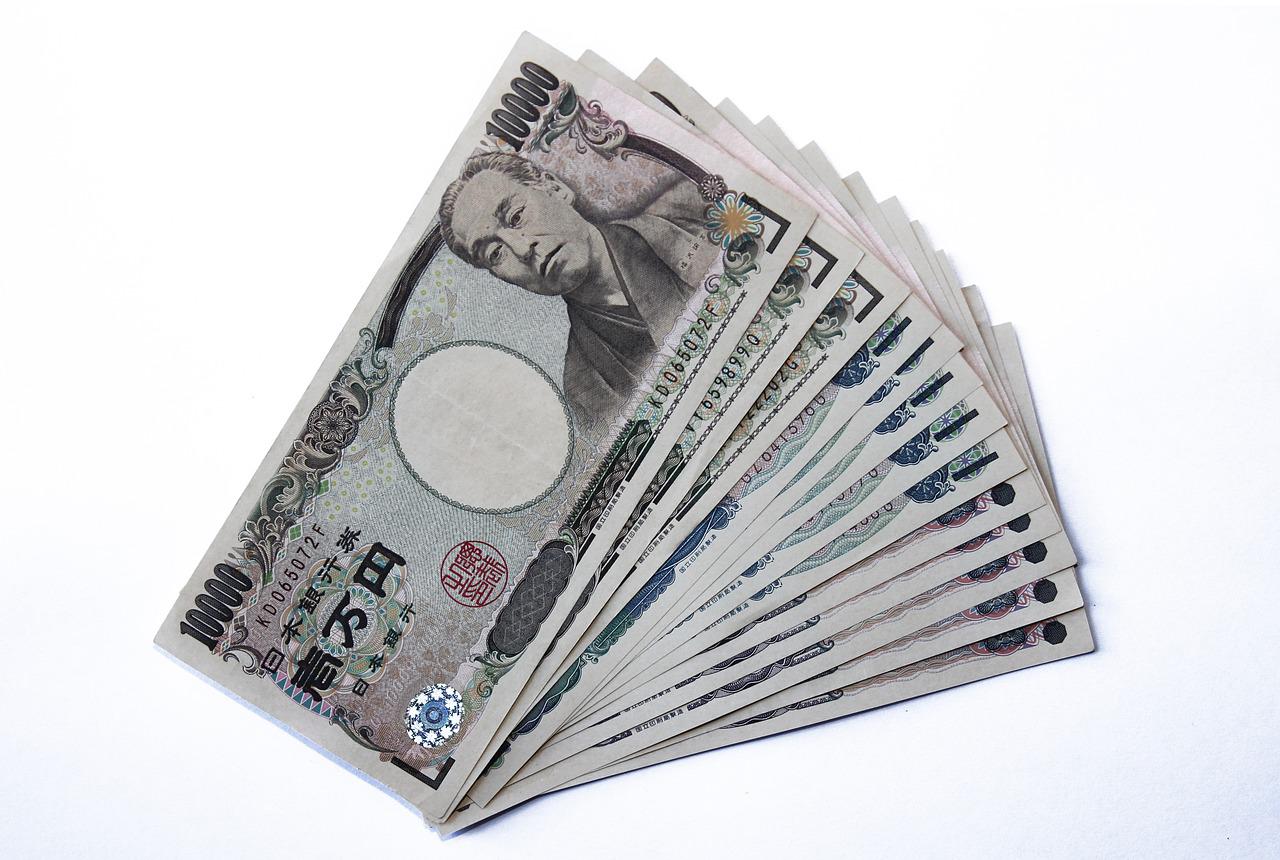The Japanese yen was on course for its biggest series of gains since March 2020 when the coronavirus pandemic had hit its peak.
This was due to a boost in the appeal of safe-haven assets, as worries about a global economic slowdown intensified and China-US tensions surged over Taiwan.
Dollar and yen
There was a broad struggle in the US dollar, as the currency extended the difficulties in the last few trading sessions.
This was after last week’s interest rate hike by the US Federal Reserve, as signs of a slowdown in the US economy prompted policymakers to hint that future hikes may come at a slower pace.
On Tuesday, the Japanese currency was on course to recording its fifth session of gains in a row against the US dollar.
This took its cumulative rise against the greenback in the last five trading sessions to almost 4.5%.
The currency rose 0.6% in London trading to reach 130.78 yen, which was just below 130.40 yen, a high that it had last reached in early June.
Market analysts said that the Japanese yen had emerged as the winner of today’s risk-off episode, as it enjoyed a boost on the back of Japanese government bonds seeing a decline in yield spreads.
Meanwhile, the US dollar had barely climbed against a basket of other major currencies. Stocks were weighed down due to the potential impact of Tuesday’s Taiwan visit of Nancy Pelosi.
The US House of Representatives Speaker’s visit saw Sino-US tensions surge, which drove investors toward US Treasuries.
US Data
There was a decline in the 10-year benchmark US Treasury yields to their lowest value since April at 2.516%.
This resulted in a further narrowing of about 236 basis points in the yield between 10-year US government bonds and their Japanese counterparts, again their lowest value since the beginning of April.
Last week, data showed that the US economy had declined for the second quarter in a row, which intensified the debate over whether the economy is, or will be, in recession.
Traders are keenly looking toward the US jobs data, which is scheduled for release on Friday. Market analysts said that with building momentum in Japanese yen, the US data release and its reaction would be key.
Other currencies
Fed fund futures have priced in an interest rate peak of 3.25%, which is expected to happen around February 2023.
In early June, the markets had priced in an interest rate peak of 4% for the halfway point in 2023, but there has been a change due to the economic slowdown.
There was a 1.5% decline in the Australian dollar after the Reserve Bank of Australia (RBA) increased its interest rate in accordance with expectations by 50 basis points.
The offshore Chinese yuan reached 6.957 against the US dollar, which is its lowest since May. This was partly because of poor Chinese economic data over the weekend and Pelosi-visit tensions.
The US dollar index, measuring the currency against a basket of its peers, climbed 0.3% to reach 105.65.

